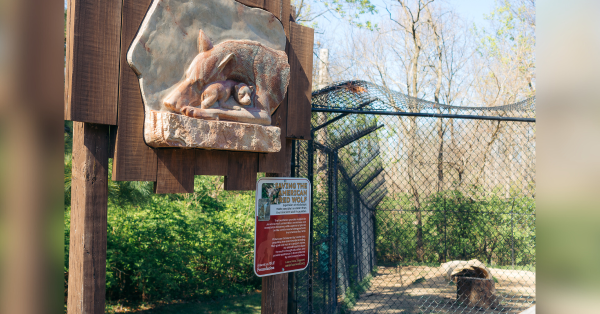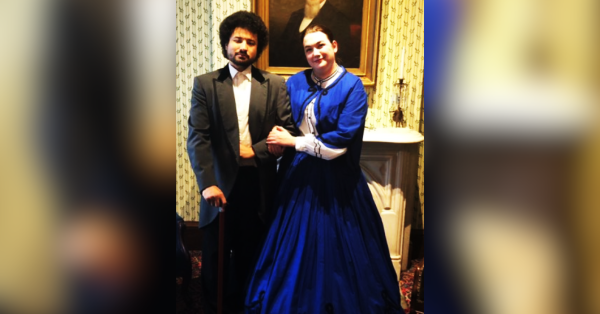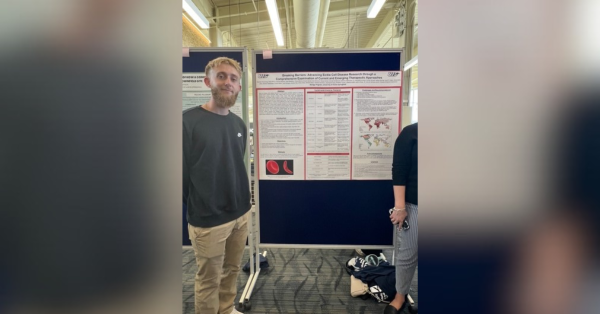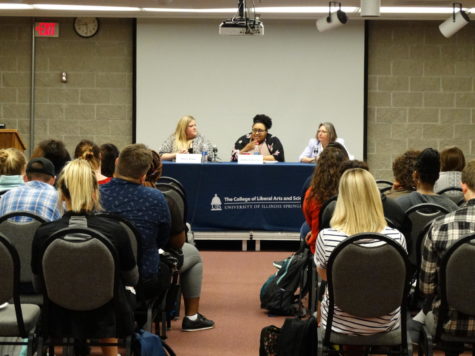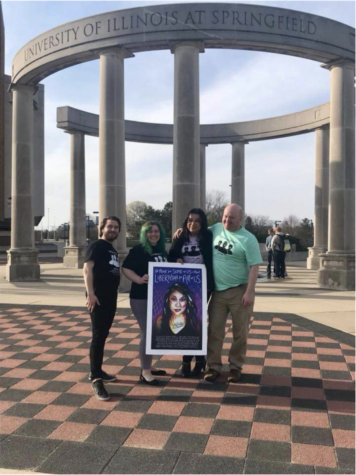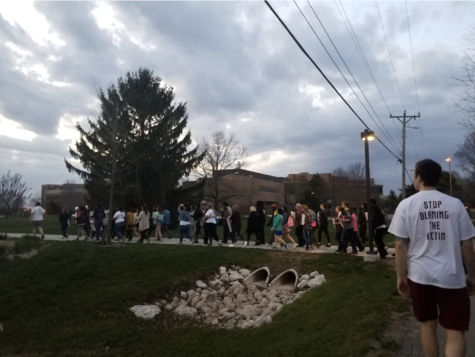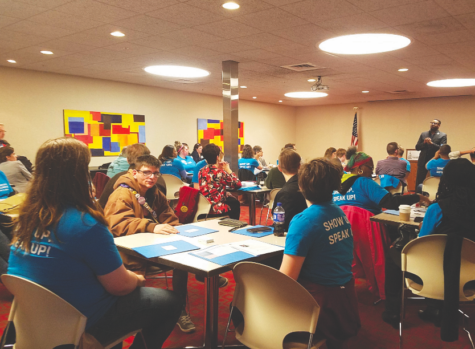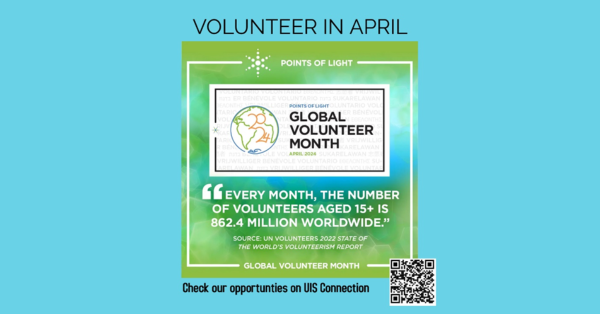Another war novel, “American War”
Omar El Akkad takes on the classic dystopian genre in his debut novel “American War,” and while the plot itself was interesting and original, the structure of the novel led to issues in following the story.
“American War” tells the story of a young girl, Sarat Chestnut, and her family experiencing the second American Civil War. The war begins in 2074 between the Union and southern states that refuse to give up the use of fossil fuels.
The Chestnut family lives in the south, but does not declare which side they are on. Sarat is six years old when the war begins, and after her father is killed, her mother fears for her three children’s safety with the war moving to her front door.
The remainder of the Chestnut family is taken to Camp Patience, a refugee camp. However, not everyone is who they claim to be at Patience, and Sarat is forced to make decisions that affect not only her, but also her family and her country.
El Akkad is originally from Cairo, Egypt, and he is an award-winning journalist. Some of the stories he has covered as a journalist include the Arab Spring revolution in Egypt and the Black Lives Matter movement in Ferguson, Missouri.
The plot of “American War” was original, but there was an issue in following along. Between the chapters are excerpts from various sources.
One of the first ones is an excerpt from the “Federal Syllabus Guidelines-History, Module Eight: The Second Civil War.” This excerpt details some of the logistics of the fictional war, explaining, for example, that it “was fought between the Union and the secessionist states of Mississippi, Alabama, Georgia, and South Carolina (as well as Texas, prior to the Mexican annexation)” (22).
While the excerpts hold useful information and help fill in questions that arise over the course of the novel, they interrupt the flow and made it difficult to follow the story of Sarat and her family.
The story is written in the third person, but this viewpoint is not shown until a little into the first chapter, when the perspective shifts: “I wish I had known her then, in those years when she was still unbroken. ‘Sara Chestnut, what do you think you’re doing?’ said the girl’s mother, standing behind her near the door of the shipping container in which the Chestnuts made their home” (9).
However, details the narrator gives allow the reader to picture the events as if they are an outsider looking in, as this view is supposed to do.
An example of this occurs when the father is described, “Benjamin sat at the table in the yard. He was a lean man with a lean face, his near-touching brows anchoring a smooth, large forehead made larger by setting baldness at the temples. He was at all times clean shaven, save for a thin black mustache his wife worried made him look unseemly” (14).
Overall, the dystopic fiction novel “American War” is recommended, but not high on the list.






